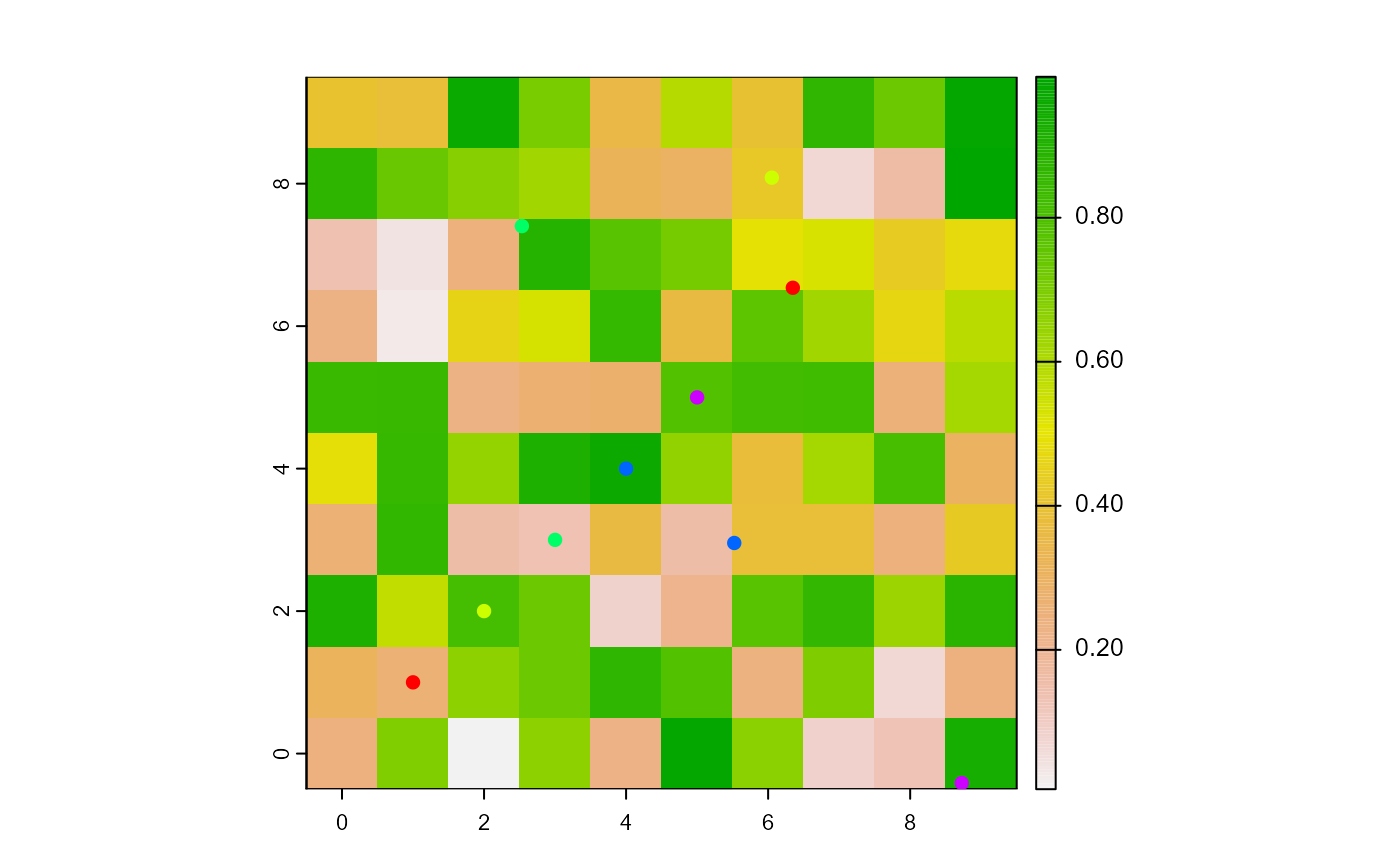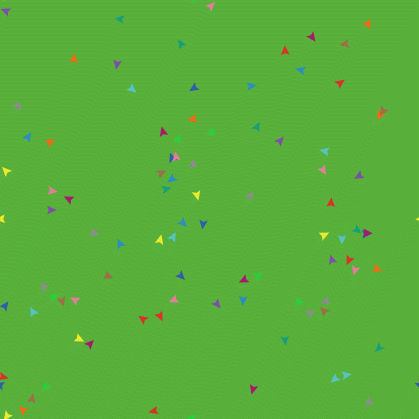

This tutorial continues with part 2 and part 3.
#NETLOGO SETXY PATCH#
utility method (called twice) to set a patch color from a valueĪs a side issue, integration between NetLogo and R is also possible – see here. have the turtles interact with the modified patches Set value ( diffusion:get-grid-cell grid pxcor pycor ) copy the modified grid data to the patches perform several computation steps within the grid set up initial values in both patches and gridĭiffusion:set-grid-cell grid pxcor pycor value Set grid ( diffusion:init-grid world-width world-height min-pxcor min-pycor ) NetLogo creates number turtles of the type breed- name with default color (blue), size (100 normal value), shape (turtle), and location (0,0). use extension reporter to set up a "clone" of the patch grid Grid Java object with a type defined by the diffusion extension
#NETLOGO SETXY CODE#
This makes the NetLogo code very simple: extensions Two commands, also shown in red below, set entries within the DiffusionGrid object and implement the diffusion dynamics. The Java also defines two reporters, shown in red below, to initialise a DiffusionGrid object and to query entries within the grid.

The accompanying Java for this example (to be discussed later) defines a DiffusionGrid datatype, an instance of which is held in the global grid variable. For more complicated patch dynamics, the speedup is likely to be even greater. The world is two dimensional and is divided up into a grid of patches. To use the example below (which is also illustrated above), place the diffusion.jar (Java) file in a folder called “diffusion” in the extensions folder inside the NetLogo installation directory.įor this example, the use of Java reduces the time taken (in “fast” mode) from 41.8 milliseconds per iteration step to 5.8 milliseconds per iteration step – that is, our example runs about seven times faster than a pure NetLogo solution. This blog post (part 1 of 3) describes a simple example, in which “turtles” interact with a grid undergoing a simple diffusion process. Model was written in NetLogo 6.0.1 Viewed 306 times Downloaded 21 times Run 0 times. Modelling the physical process on the “patches” may stretch NetLogo’s computational limits, however, and a good solution is to use the NetLogo “extensions” feature to write the “patch” dynamics in Java. Visible to everyone Changeable by everyone.

The NetLogo version of “Artificial Anasazi” is a good example. workers set shape person set size 1 setxy random-xcor random-ycor set myFirm nobody. Uses of NetLogo in environmental science and ecology tend to have agents or “turtles” (representing people or wildlife) interacting with “patches” of territory, which often involve some physical process (such as hydrology, growth of crops, etc.). (interesting or unusual features of NetLogo that the model uses. This has made it one of the most popular agent-based modelling tools for social applications. NetLogo is one of my favourite simulation tools, mainly because it allows quite sophisticated simulations to be built very quickly.


 0 kommentar(er)
0 kommentar(er)
